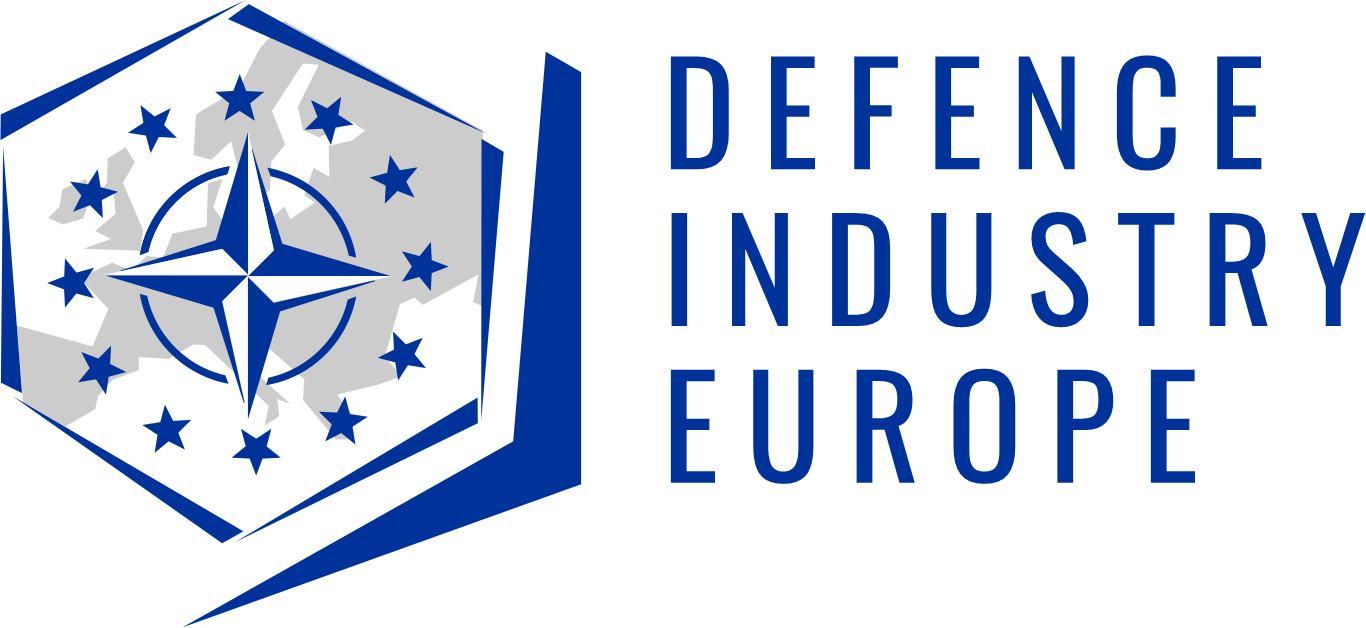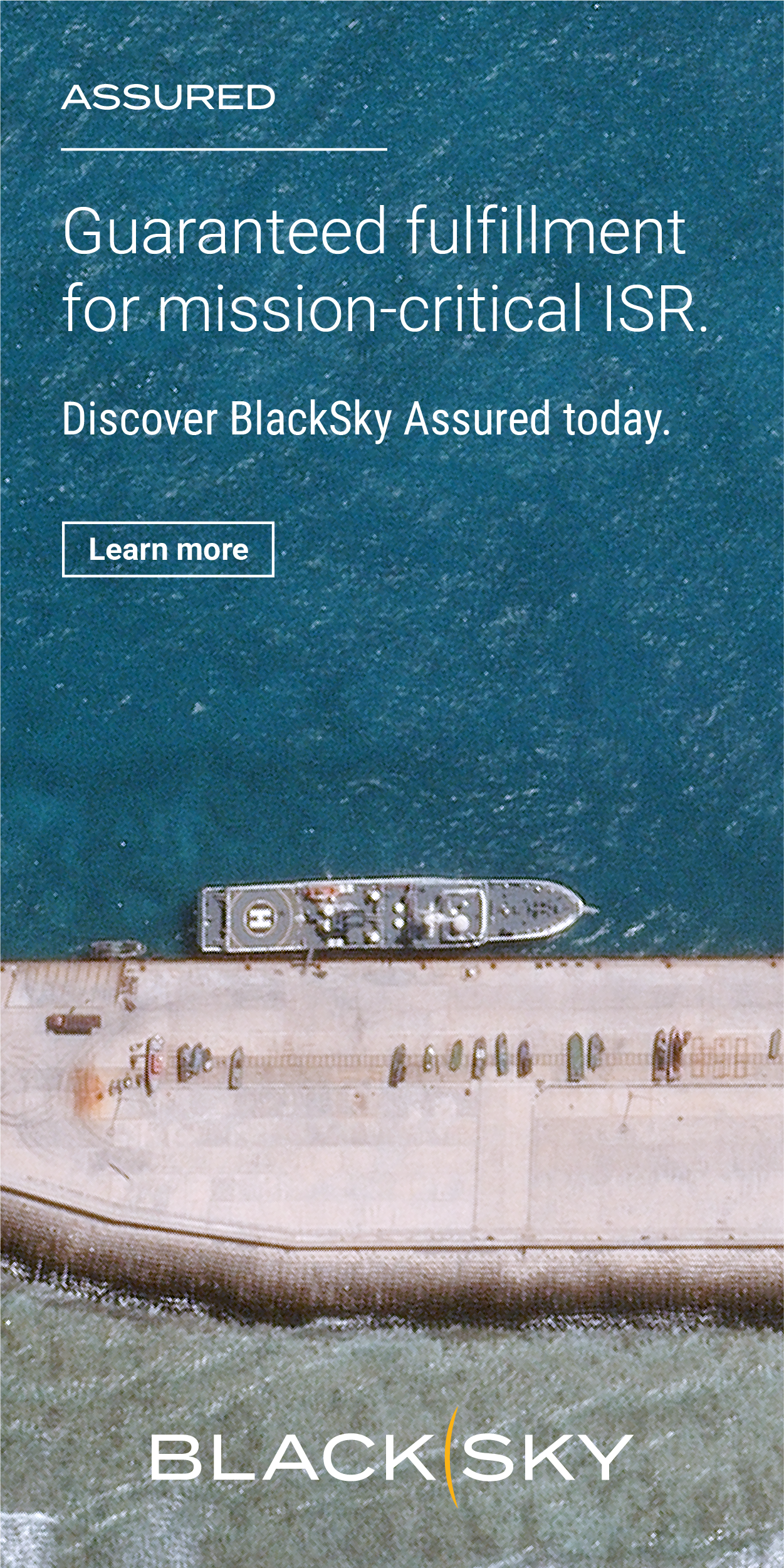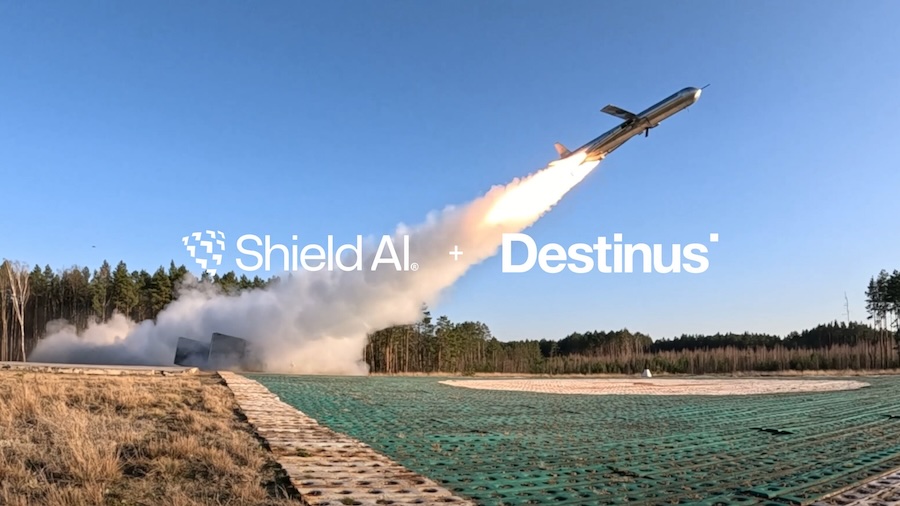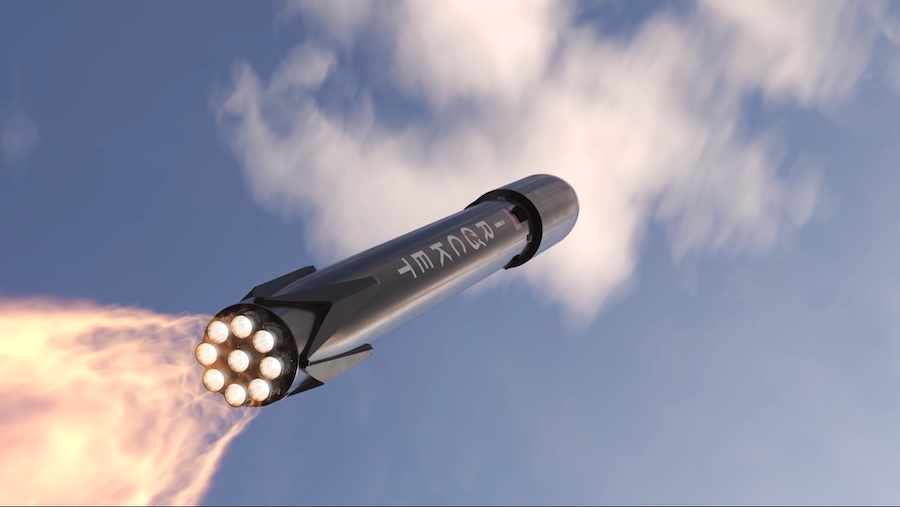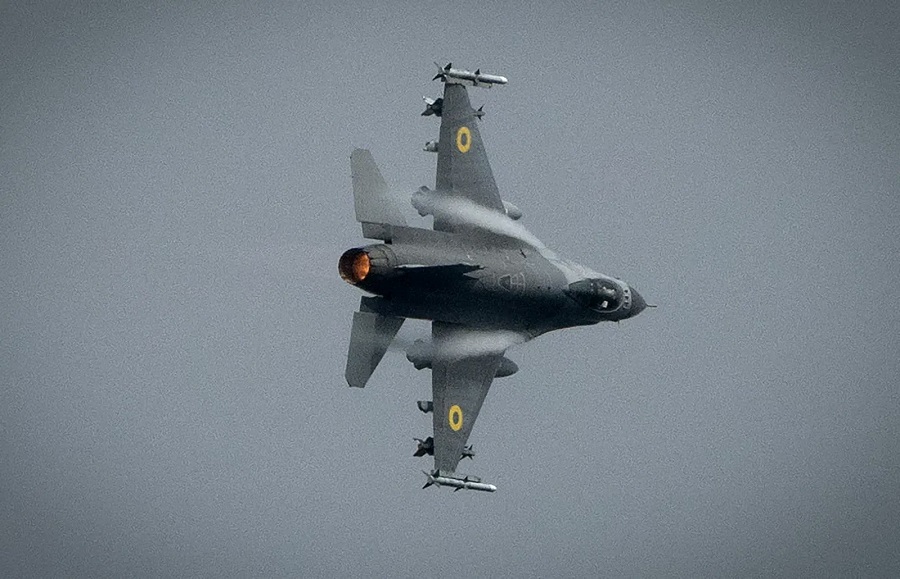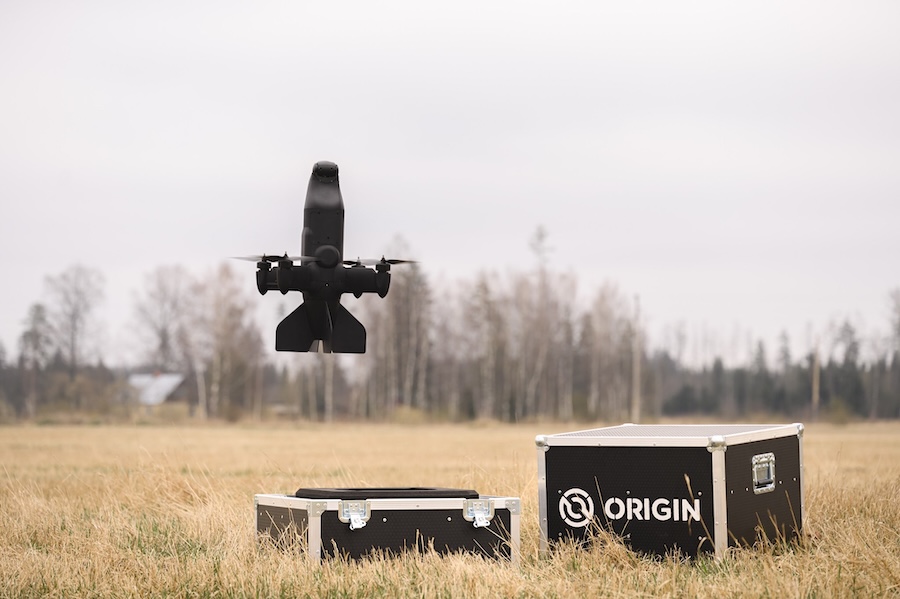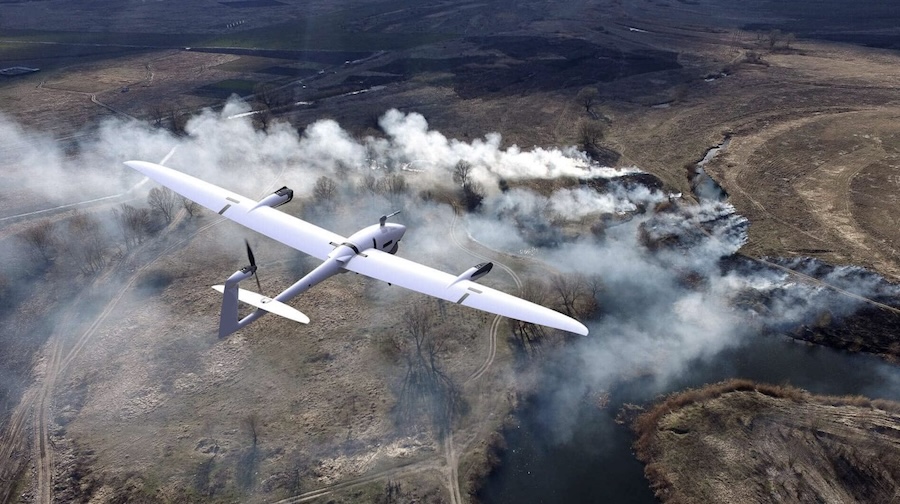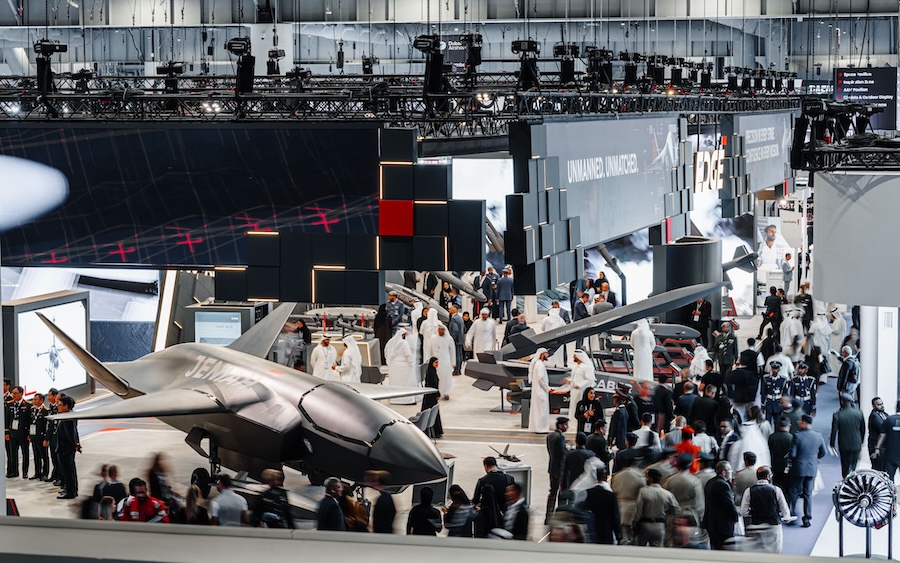Lura, developed from first principles, builds on Helsing’s experience in the air and land domains. It uses autonomous mass to create a sovereign, scalable, and cost-effective solution for detecting subsurface threats.
The platform operates based on a large acoustic model, akin to large language models, which allows it to classify and localise the acoustic signatures of ships and submarines with remarkable sensitivity. Lura can detect sounds 10 times quieter than other AI models, distinguishing between specific vessels within the same class, and operates at a speed up to 40 times faster than human operators.
SG-1 Fathom, designed to work seamlessly with Lura, is an autonomous underwater glider capable of patrolling the oceans for up to three months continuously. The glider’s robust and discreet design enables it to perform extensive underwater surveillance while steadily moving through the water column.
Helsing envisions deploying hundreds of SG-1 Fathoms for each mission, creating a constellation of mobile sensors across vast water bodies. This approach, comparable to satellite constellations in space, aims to redefine maritime surveillance by enabling near real-time, autonomous threat detection and reporting.
A single operator at a Maritime Headquarters can efficiently manage and monitor the gliders, drastically reducing costs to just 10% of those associated with traditional crewed Anti-Submarine Warfare (ASW) patrols. Lura and SG-1 Fathom are versatile, deployable as contracted services or directly by navies in strategically important regions, including the North Sea, Baltic, Atlantic, and Indo-Pacific.
Dr Gundbert Scherf, Co-founder and Co-CEO of Helsing, emphasised the strategic importance of the new system, stating: “Lura detects so our navies can deter. We must harness new technologies to keep pace with the threats against our critical infrastructure, national waters, and way of life. Deploying AI to the edge of underwater constellations will illuminate the oceans and deter our adversaries, for a strong Europe.”
Amelia Gould, General Manager of Helsing Maritime, highlighted the need for adaptive maritime defence: “To protect ourselves from increasing threats, especially underwater, we must do defence differently. The UK has a proud history of maritime innovation and must never stand still. At Helsing, we know how important it is to learn and adapt from each mission. Lura and SG-1 will form an ever-evolving mission cycle, learning from each deployment to iterate at the pace of the threat – a true 21st century defence capability.”
Helsing developed Lura and SG-1 in response to significant interest from several navies seeking adaptable underwater surveillance solutions. The capabilities were recently demonstrated at HM Naval Base Portsmouth for a select audience of military and industry representatives.
To ensure effective deployment and scalability, Helsing is collaborating with Blue Ocean Marine Tech Systems, Ocean Infinity, and Qinetiq. The company plans to deploy the integrated system within the year, marking a significant step forward in underwater defence technology.


